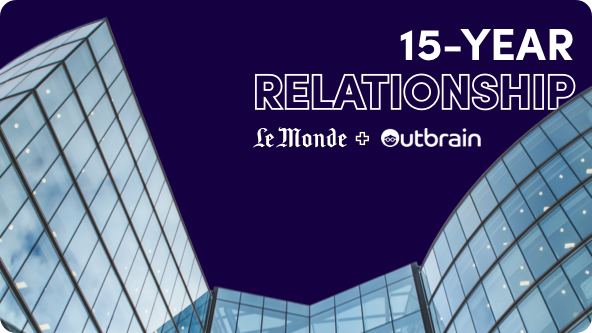What Does it Take to Eliminate the Blind Spot in Publisher Revenues?

Being a former publisher myself, I always questioned our use of the word, “monetize.” By definition, to monetize means to convert into or express in the form of currency. However, given the lack of data and transparency for the way in which publishers (media companies) make money from their content, is it possible to truly monetize content? I have often wondered, shouldn’t content value play a role in the algorithms on the web? Whether it’s the algorithm that populates the homepage, the way marketers drive traffic or the way that the ad waterfall stack is built. Shouldn’t we apply current revenue attribution to the content itself to make decisions? The answer is yes we should, but publishers have not been able to. Until now.
Let me back up for a second.
First, let’s understand “how” a publisher makes money. A publisher that does not have any type of paywall or metered engagement approach generally makes money when a user views a piece of content and a paid advertisement loads on the page. That click or request for content is the sole factor that drives revenue for publishers. Therefore, the business model is to create content to drive engagement, which triggers revenues. Today, most attribution is on the impression level. The ad stack is prioritized based on either the content that is being called or the user that is calling it. This means the content request actually drives the revenue and the ad stack fills against what content is being called or who is calling it.
The issue is, the systems publishers use are disconnected. In fact, entire sales and editorial departments and the tools they each use are siloed. There is little to no communication between them which leads to delayed information and missed monetization opportunities. All this talk of Big Data has definitely helped break down some of these walls (yes, church and state), but we are still not monetizing the content with revenue attribution in mind. Currently, most publishers can only look at historic revenue figures and take averages to apply to content and they are only doing so after the fact.
I sat with a publisher the other day who said, “if we want to know the value of content and what might not be monetizing well enough, it takes my business team 3 days to get a report.”
As content creators, publishers, and media companies we need to do a better job at attributing revenue to content in real-time. Just as Wall Street investors know the exact value of a stock at any given time a publisher should know the value of their content at any given time. With this knowledge and data, you can begin to define strategies for sales, marketing, and content programming, as well as understand user value, actualize ROI from syndication, and from there prioritize, create and so on. Revenue attribution for each piece of content, per device on which it was engaged on is the only way you can begin to monetize content.
This is why Outbrain created Automatic Yield. Check out this video to learn more:












